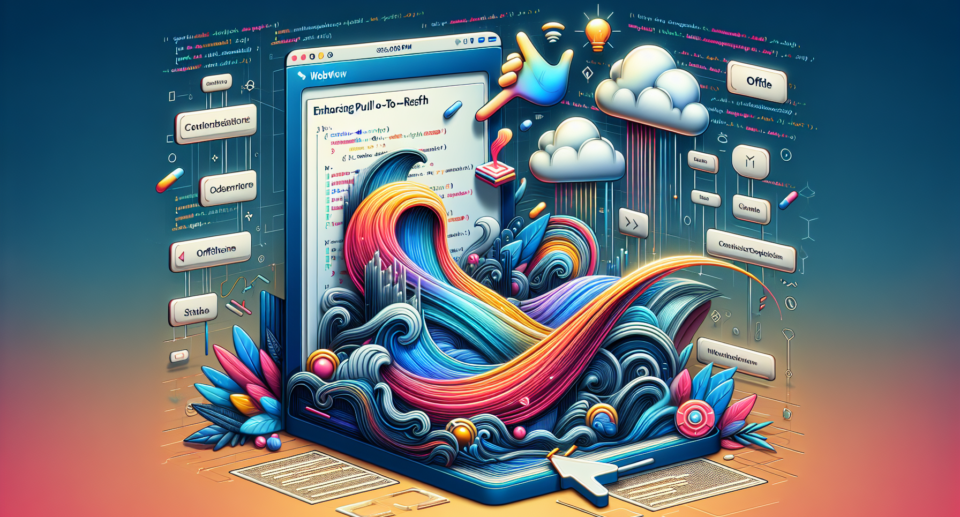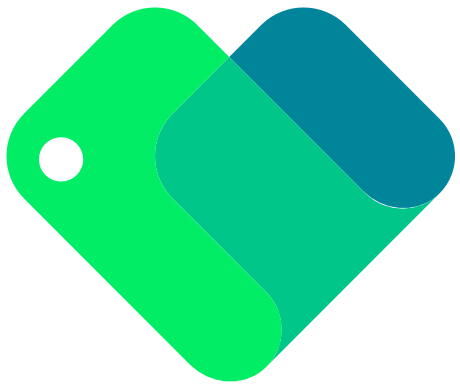Enhancing iOS WebView Apps with Pull-to-Refresh and Offline Fallback: A Step-by-Step Guide Using WebViewGold

When designing mobile applications, providing a seamless user experience is paramount. For those converting websites into apps for iOS, enhancing the functionality with features like Pull-to-Refresh and Offline Fallback can significantly improve user engagement. WebViewGold offers a quick and simple solution to achieve this effortlessly.
What is WebViewGold?
WebViewGold is a powerful tool that enables developers to convert their websites into fully functional iOS and Android applications in just a few clicks. With WebViewGold, you can integrate essential features such as Push Notifications, Customizable Loading Screens, and much more without writing extensive code.
Adding Pull-to-Refresh to Your iOS WebView App
Pull-to-Refresh is a handy feature that allows users to refresh the content of your app by pulling down on the screen. Here’s how you can implement this using WebViewGold:
1. **Initialize WebViewGold Project**
– Start by creating a new WebViewGold project or opening your existing project.
2. **Enable Pull-to-Refresh**
– In your WebViewGold folder, locate the `Config.swift` file.
– Open `Config.swift`, and set the `pullToRefreshEnabled` variable to `true`. This will enable the Pull-to-Refresh feature in your app.
Here’s an example snippet:
“`swift
let pullToRefreshEnabled = true
“`
3. **Customize Refresh Control (Optional)**
– If you wish to customize the appearance of the refresh control, you can do so by modifying the `UIRefreshControl` properties within the WebViewGold code structure.
Implementing Offline Fallback
An offline fallback mechanism ensures that users can still access some parts of your app, even when they’re not connected to the internet. Follow these steps to implement offline fallback using WebViewGold:
1. **Create Offline Content**
– Prepare a local
